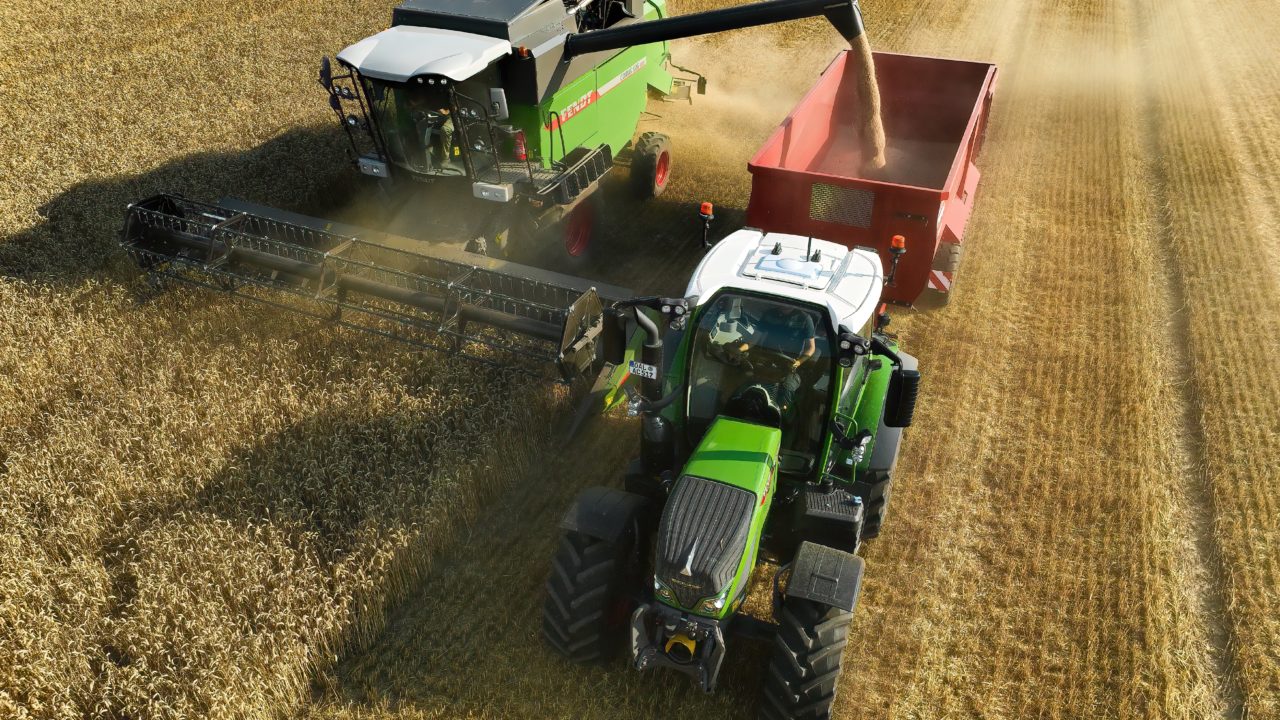Fendt has something of a marketing problem in attempting to be a full-line machinery supplier.
The issue being that while it is busy promoting itself as a sophisticated manufacturer of advanced tractors, it is still tied to the rather less rarified range of AGCO implements.
New to Fendt
Indeed, over here in Ireland it is questionable as to why the company gets involved with other machinery, but that ignores the fact that in its more established markets Fendt has a legacy that goes far beyond tractors.

Combine harvesters are, however, a product line that does not feature strongly in the company’s history.
In fact, they did not feature in company’s range at all until AGCO purchased the company in 1996 and decided that Fendt should offer combine harvesters to help the dealers offer a full line up and, just as importantly, keep them from switching to other marques which already did.
Updated image
Ten years ago, production of AGCO combines was moved to the old Laverda plant at Breganze in Italy and at one stage, up to a third of the factory’s production was sent out in the Fendt livery.
Although the machines have changed over the years the rather cold, logical manner in which they were identified has not, and, up until now, we still had the C, L and E series.

This is now changing and the E Series has been replaced, in name at least, by the much cuddlier sounding Corus 500 series which is described as the company’s entry-level range and now consists of three machines.
These are the Fendt Corus 518 (185hp), Fendt Corus 522 (225hp) and Fendt Corus 526 (260hp) models.
New combine harvester
The Fendt Corus 526 is the latest introduction, giving an extra 42hp over the departing E 5225 and follows the launch of the equivalent MF Activa 7344 back in July.
Labels aside, there are some important updates to the machines, the major item being an electro-hydrostatic drive which is now available on all these base models.

It comes with two modes, one for the road and one for the field. When the former is selected the engine speed is lowered, consuming less fuel. In field mode, the full speed is available depending on demand.
The engines remain as AGCO power units, the smallest Corus has the 4.9, four-cylinder AGCO Power engine, while the larger two models are equipped with the six-cylinder 7.4L unit, which is also held over from the old E series.
Baler advances
Despite being bound to the parent company for the supply of implements from sister companies within the AGCO group, Fendt has taken the opportunity to differentiate the big square balers from those in Massey Ferguson (MF) red.

The updated running gear with steering rear axle as standard is present on the latest Fendt balers as is the move to Tractor Implement Management (TIM) technology, which is a more operator-focussed technology, and is therefore likely to gain greater use than complex data shuffling.
The naming methodology of the balers also changes on these latest models to better reflect the dimensions of the bale being formed, with the length being more easily controlled from the cab.
Going further
Where Fendt has taken its version further forward is the ability to electronically tag the bales during the baling process.

The baler records bale-specific data on the quality of the bale, its GPS position, the bale moisture, the number of layers per bale, as well as information on the addition of additives and the dimensions of the bale.
A weather-resistant twine with an RFID chip containing the data is woven into each bale during the baling process with the third or fourth twine.
Known quantity
The chips are placed in the twine in such a way that one chip is woven into each bale up to 2.40m in length.
The RFID chip assigns an identification number to each bale and the information about each individual bale is stored in a cloud memory. Based on this information, bales can be stored and traded according to their quality.
This form of electronic record keeping has been around for quite some time already the US and with it now being available in Europe, farmers may at last be able to purchase fodder and straw with a reasonable expectation of knowing what they are going to get.
